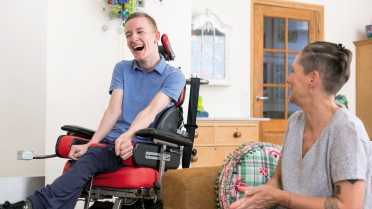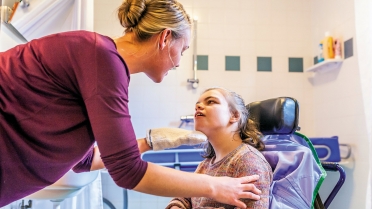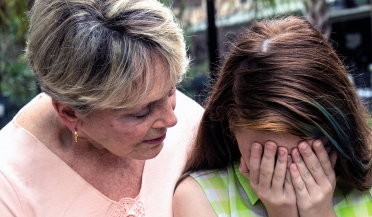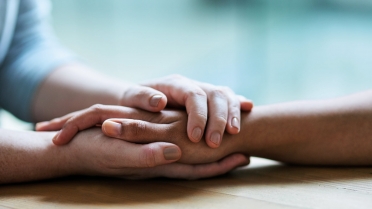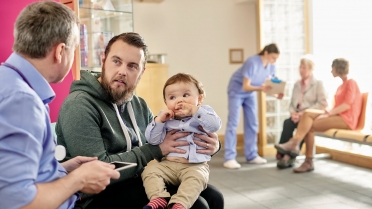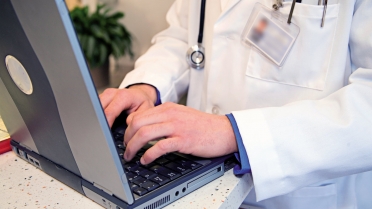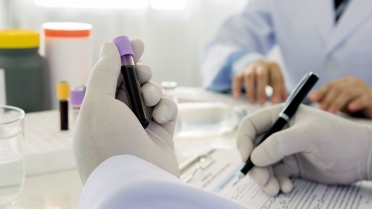Child protection and safeguarding
Protecting children and young people from abuse and maltreatment is a high priority for the RCoA. This is an emotive and potentially complex topic area. It is everyone’s business to understand, manage and if possible prevent harm for all our patients.
The effects of abuse may result in long-term serious effects on health and wellbeing. There is a wealth of information, best practice guidance and research evidence available in the areas of safeguarding and child maltreatment.
The broad types of maltreatment include physical, emotional, and sexual abuse as well as neglect. It is not uncommon for these forms of maltreatment to co-exist. Most of the key references and links deal with these broad areas and particularly with physical abuse and neglect.
These web pages will also provide limited information and links to more detailed resources on the specific safeguarding topics of child trafficking, child sexual exploitation and Female Genital Mutilation (FGM). There are also particular high-risk groups which are more vulnerable to abuse and neglect. These include looked after children (LAC) and young people, and refugee and unaccompanied children and young people (see High Risk Groups).
Definitions
Child abuse is classically defined as acts of 'commission or omission' which result in harm to a child or young person. It is important to understand at the outset that in some instances of abuse it may be difficult to determine as to whether there is a deliberate intention to harm, eg in cases of extreme poverty and/or when a caregiver has learning difficulties or extensive health and/or social care needs themselves. This does not make the abuse any less real or mean that it should be acted upon less urgently.
Child protection is the process of protecting children and young people who are either suffering or may be suffering the effects of abuse and/or neglect.
Safeguarding is a broader term which also encompasses the promotion of the welfare of children and young people, which includes prevention of maltreatment and ensuring children and young people are brought up in a safe environment.
Duties of the anaesthetist
- To act in the best interests of the child, which are always paramount.
- To be aware of the child’s rights to be protected.
- To respect the rights of the child to confidentiality.
- To contact a paediatrician with experience of child protection for advice (on-call paediatrician for child protection, named or designated doctor/nurse).
- Where appropriate, to report child protection/safeguarding concerns to relevant professionals including Social Care.
- To be aware of local child protection mechanisms.
- To clearly document findings in association with paediatric colleagues.
- To be aware of the rights of those with parental responsibility.
Use this care pathway if maltreatment is considered or suspected in children and young people in the perioperative period.

